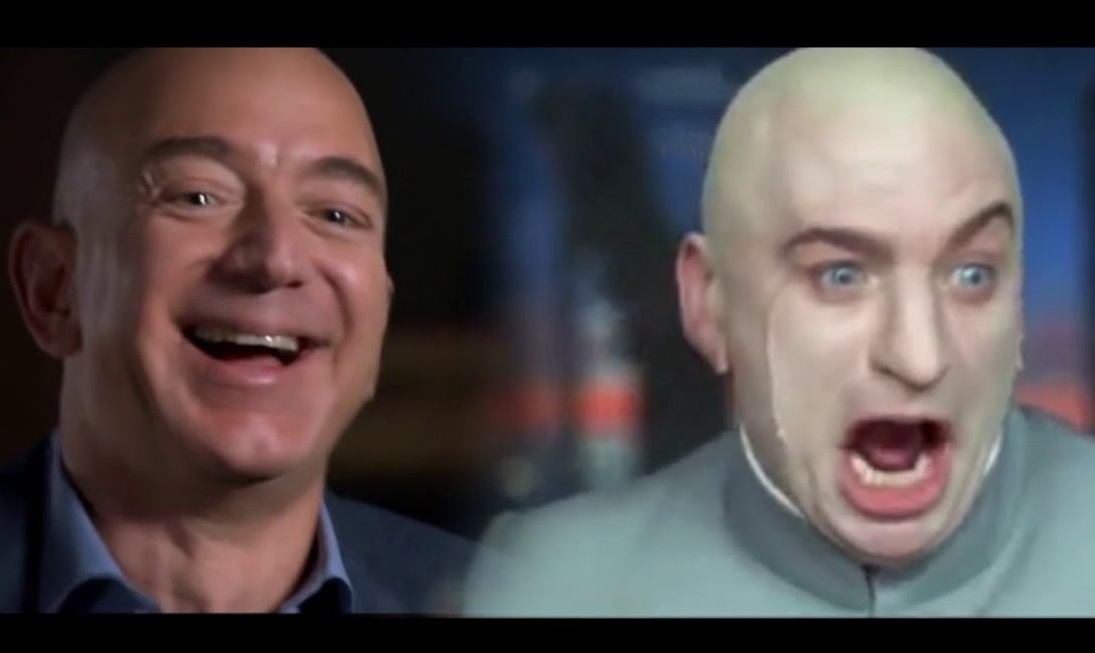TARGET shopping app uses algorithm and tracking data to trick customers into paying more
02/20/2019 / By Lance D Johnson

Target has been manipulating customers with its Smartphone shopping app. A two-month investigation conducted by the Minneapolis TV station KARE-TV found that the retail giant was baiting customers into the store with low prices on their app only to raise the prices as soon as customers entered the store.
KARE-TV first learned about the bait and switch from a local Target shopper, Miranda Artz, who purchased an electric razor for $99.99 from the store. In the parking lot the razor was advertised on the app for $69.99. After Artz took a screenshot of the lower price from the parking lot, she showed it to customer service.
“I think it’s a little deceptive,” Artz said.
Target tricking customers by switching prices on their app in the parking lot
KARE-TV called Target’s price deception “the parking lot price switch.” They began to investigate further. In one instance, Target raised the price of a particular product $148 as soon as the customer entered the store. A Samsung 55-inch Smart TV, advertised for $499.99 on the app, suddenly became $599.99 as soon as investigators got close to Target’s front door.
At first it may have seemed like a coincidence. Perhaps the Smart TV went off sale as soon as they got to the store. To investigate further, KARE-TV selected ten random products from the Target app. When the investigators entered through Target’s doors, four of those products jumped up in price on the app.
Some price hikes were subtle: an Apple Watch band went up only $2, yet a Shark vacuum shot up a whopping $40. When they entered the store, a Graco child car seat shot up $72. The biggest jump on the app was a $148 increase for a Dyson vacuum. On the app, Target does not disclose that the lower prices are online-only prices. Instead, the retail giant is using the lower prices to bait customers into the store.
When investigators scanned item bar codes right off Target shelves, the Target app gave no indication that the product was cheaper at Target.com just minutes before, before the customer walked through the doors. When KARE TV contacted Target over the matter, management tried to cover up the deception. In an email, Target responded, “The Target app shows in-store pricing while in store, and online pricing while on the go. If a guest finds any item for a lower price across any of the ways they can shop Target, we’ll price match it.” But it’s not that simple.
Target tracks customer location and product searches, while using an algorithm to manipulate customers into paying more
According to marketing professor George John at the University of Minnesota Carlson School of Management, Target is deceiving customers with an algorithm. The smartphone app tracks a user’s location and knows when they are within 50 feet from the store entrance. The algorithm knows that customers are willing to pay more when they have reached this point. The prices on the app are programmed to rise as soon as someone enters the store. The app tracks a customer’s search history and knows the products they are interested in. As soon as the customer has revealed their commitment to purchase the product (by heading into Target with their tracking device in hand), the prices jump up to take advantage of them.
The Target app is accessing customer location and tracking their search history to manipulate their purchasing habits and milk more money out of them, plain and simple.
According to KARE-TV, Target customers can get around the trickery by changing user settings within the Target app: “In the app, click on your name icon in the bottom right of the screen and scroll down to ‘app settings.’ Click ‘Location’ and switch it to ‘Never.’ This switch will no longer permit the app to see your geolocation, and in this setting the app will always show the online prices of products, even if you are standing inside the store.”
Sources include:
Tagged Under: Algorithm, badtech, deception, dishonest marketing, Glitch, location tracking, manipulation, Marketing, mobile apps, price increase, purchasing habits, retail deception, retail stores, shopping addiction, Target, Target app, trickery, user tracking




















